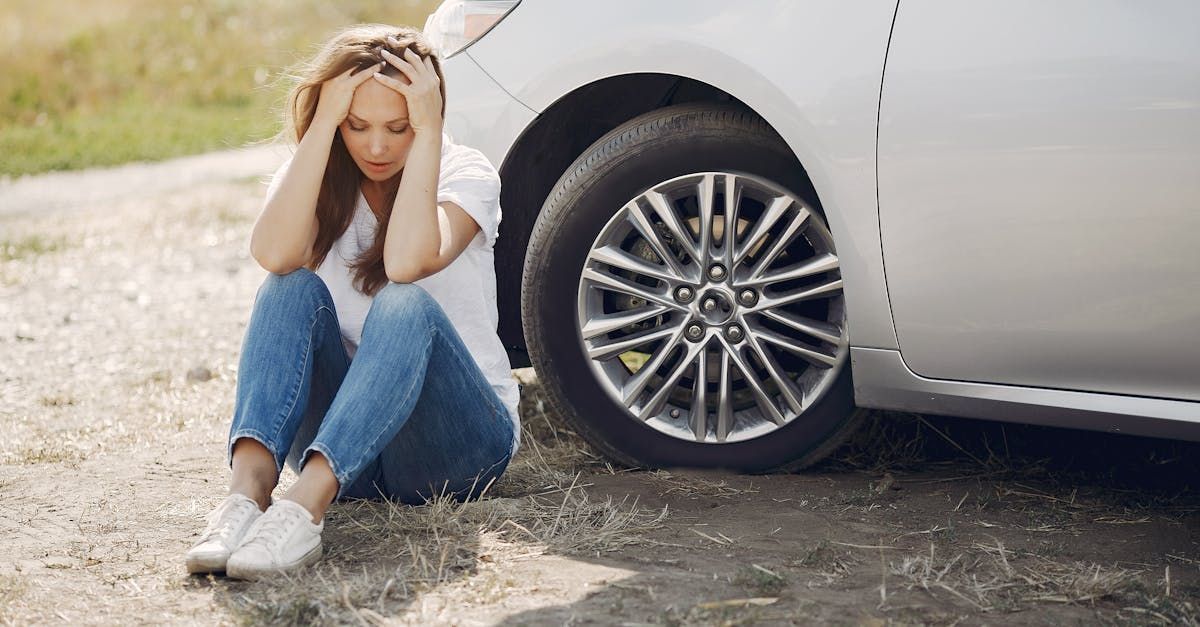How to Handle an Auto Accident
Tips that can help during an auto accident

How to Handle an Auto Accident: A Step-by-Step Guide
Auto accidents can be stressful and overwhelming, regardless of the severity. Knowing what to do immediately after an accident can help you stay calm, ensure everyone’s safety, and protect your interests. Here’s a step-by-step guide on how to handle an auto accident effectively.
Step 1: Ensure Safety and Assess Injuries
1. Check for Injuries: Immediately check yourself and any passengers for injuries. If anyone is injured, call 911 for medical assistance. Do not attempt to move injured individuals unless they are in immediate danger (e.g., from oncoming traffic or a fire).
2. Move to Safety: If the accident is minor and your vehicle is drivable, move it to the side of the road to avoid obstructing traffic. Turn on your hazard lights to alert other drivers. If the vehicle cannot be moved, stay inside with your seatbelt fastened until help arrives.
Step 2: Call the Authorities
1. Contact the Police: Even for minor accidents, it’s important to have a police report. The report provides an official record of the accident, which can be valuable for insurance claims. When the police arrive, provide an accurate account of what happened, but avoid admitting fault.
2. Gather Information: While waiting for the police, collect information from the other driver(s) involved, including:
- Names and contact details
- Insurance company and policy number
- Driver’s license number
- Vehicle make, model, and license plate number
Step 3: Document the Scene
1. Take Photos and Videos: Use your smartphone to take pictures and videos of the accident scene, including:
- Damage to all vehicles involved
- Your injuries and those of your passengers
- Traffic signals and road conditions
- Any relevant skid marks or debris
2. Identify Witnesses: If there are any witnesses to the accident, ask for their contact information in case their testimony is needed later.
Step 4: Report the Accident to Your Insurance Company
1. Contact Your Insurer: Notify your insurance company about the accident as soon as possible. Provide them with all the information and documentation you have collected.
2. Understand Your Coverage: Review your insurance policy to understand your coverage and how it applies to the accident. This includes liability, collision, and comprehensive coverage details.
Step 5: Seek Medical Attention
1. Visit a Doctor: Even if you feel fine, it’s wise to seek medical attention after an accident. Some injuries may not be immediately apparent, and a medical evaluation can ensure your health and well-being.
2. Document Medical Expenses: Keep records of all medical visits, treatments, and expenses related to the accident. This documentation will be important for insurance claims or potential legal action.
Step 6: Keep Detailed Records
1. Maintain an Accident File: Create a file to store all documents related to the accident, including:
- Police reports
- Insurance correspondence
- Medical records
- Repair estimates and bills
2. Track Communication: Keep a log of all conversations with insurance companies, medical providers, and any legal representatives involved in your case.
Conclusion
Being involved in an auto accident can be a daunting experience, but knowing how to respond can make the process smoother and less stressful. By following these steps, you can protect yourself, ensure everyone’s safety, and take the necessary actions to handle the aftermath of an accident effectively. Remember, staying calm and organized is key to managing the situation and safeguarding your rights.
Recent posts


